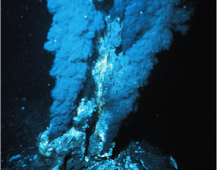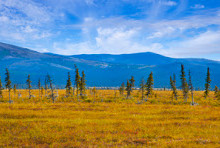Arabidopsis root microbiome project in GenomeWeb Daily News
“In the same way that microbes play critical roles in and around our own bodies, we are adopting this concept of host-associated metagenomics in plant genomics as well, as it will ultimately lead to predictive interventions that will increase plant health and productivity, disease resistance, and carbon capture,” co-author Susannah Tringe, who heads the metagenome… [Read More]

